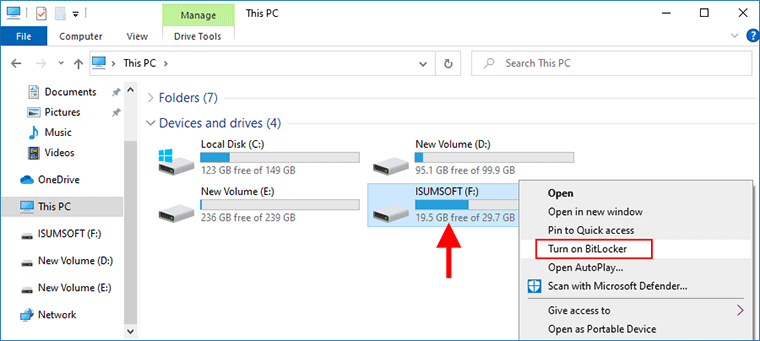
If issue persists try the steps provided to uninstall the USB device from Device Manager, uninstall the device drivers from program list and then download the latest drivers from the manufacturer's website. Make older programs compatible with this version of Windows If issue still persists, then install the drivers for Windows 8/8.1 from the manufacturer's website in compatibility mode and check if that works. How to: Install and Update drivers in Windows So, try to install all of the Windows updates available and if issue persists, try to update the Display drivers by following the steps provided in the article mentioned below. The issue could be if the drivers are not updated or get corrupted.
Plug in the removable USB device, and then test to make sure that the issue is resolved. Restart the computer, and let the USB controllers get reinstalled. Right-click every device under the Universal Serial Bus controllers node, and then click. In the list of hardware categories, find and expand Universal Serial Bus controllers. Open Device Manager by pressing Windows key + X and selectĭevice manager from the list. If you're prompted for an administrator password or confirmation, type the password or provide confirmation. Remove and reinstall all USB controllers. Simply run setup.exe from the root folder to launch the upgrade process, and the software will take it from there.Thank you for posting the query on Microsoft Community. On the other hand, if you want to, you can upgrade your PC to whichever version of Windows 10 is present on your USB flash drive. If you boot to this drive, you can also use it to perform a clean install of Windows 10 on your PC by running setup.exe from the drive’s root folder. Either way, as long as you’ve got the USB drive plugged into a USB port as the system restarts, you will then be able to boot from that device into WinRE. If you click through Start 🡪 Settings 🡪 Update & Security 🡪 Recovery 🡪 Advanced Startup 🡪 Restart Now, your PC will restart immediately and offer the Recovery environment as an option upon start-up. If you can boot into Windows, you can force your PC to boot off the USB drive on restart. If I take that route, I must then strike the F12 function key to get to an alternate boot menu. On my newer Lenovo PCs, the BIOS tells me that striking the proverbial “any” key will interrupt initial boot-up. 
Booting Your Windows 10 Install USBĪs a Windows PC is booting, you may be able to interrupt the boot sequence before the Windows loader gets going by striking a function or special key on that machine.

Now, you’ve got a brand-new, ready-to-use bootable USB flash drive with Windows 10 21H1 (or whatever version is current as you read this). The process concludes with a brief cleanup to get rid of temporary files and other detritus.

When the MCT writes the bootable files to the drive, it tells you it’s ready.







 0 kommentar(er)
0 kommentar(er)
